Resident Evil Remake: Hungry for More
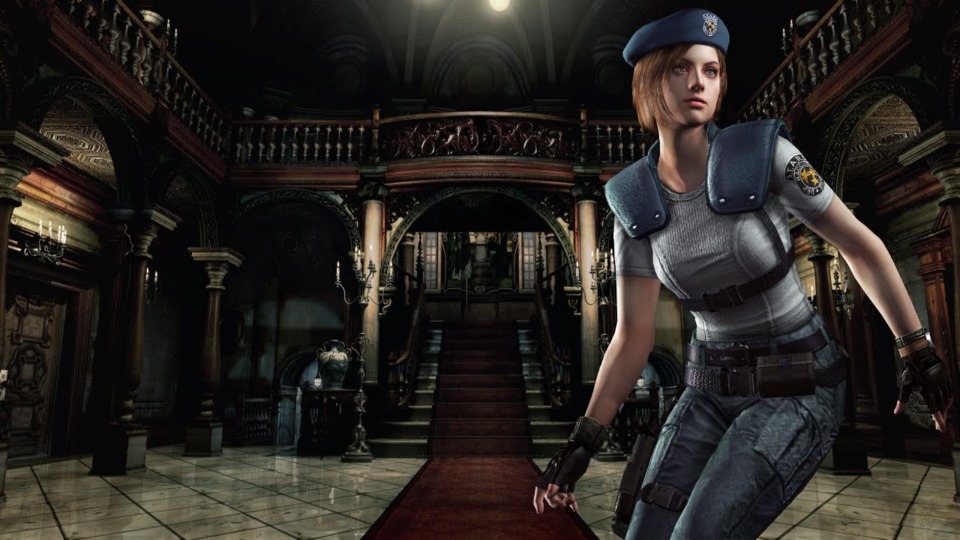
Resident Evil is one of the most frequently cited franchises during discussions of survival horror. Its incredibly consistent catalog – outside of a few outliers – has been more action-oriented as of late, but its roots lie in the slow-paced, methodical confines of a mansion. In 2002, a remake was released for the Gamecube, and – even more recently – an up-res of this remake was confirmed. In light of this announcement, it seems prudent to take a look at how the Gamecube remake holds up.
Chris Redfield or Jill Valentine – each a member of the elite S.T.A.R.S. team – are on a mission to investigate the mysterious events in the woods just outside of Raccoon City. Regardless of which character you choose, your helicopter crashes and you are chased into the iconic Spencer Mansion. Separated from your team, you must explore the mansion, experience a charmingly goofy story, fight zombies, and get your teammates out.
To fans of this original, this game will, at first, seem like a mere up-res of the familiar survival horror classic; however, Capcom Production Studio 4 has changed many subtle details between this remake and the original. Iconic scares are moved around, a whole new enemy type stalks the mansion, and many other subtle changes wait to be found by attentive Resident Evil junkies.
Tank controls, fixed camera angles, and limited saves that can only be used in pre-ordained spaces are staples of the series’ roots, but may be a turn off to some – “classic,” and “archaic” are interchangeable, depending who you ask. Though they may seem dated, these features actually work to bolster the game’s strengths, and give it a strong sense of identity.
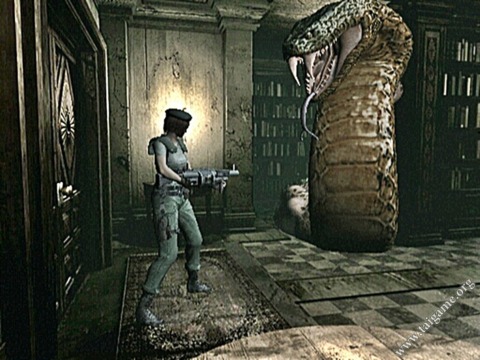
The fixed camera angles may hide off screen enemies, but they train the player to listen for audio cues and explore with often life-saving trepidation. They serve to heighten not only the tension, but also the dark beauty of the Spencer mansion. Navigating these gorgeous spaces with tank controls seems cumbersome to the uninitiated; however, this control style is easily manageable given some practice. They also make the zombies more of a threat, preventing you from dancing circles around these slow-moving flesh eaters. Mastering this control style is particularly gratifying, especially when you can deftly navigate the mansion’s tight spaces without taking damage or dying.
The save system can feel frustrating, initially. Recording progress means making it to a room with a typewriter in it while also having ink ribbons with which to save. The fleeting comfort of these designated save rooms is restricting, and not always in a good way. My first few runs ended in terrible failures – wasted ammo, misused herbs, and death. My unfamiliarity with the controls left me vulnerable, and resulted in a couple restarted games. However, as I sunk my teeth into the meat of the game, the strengths of the save system began to show. Resident Evil takes away the safety net that most games have. Instead of saving at your convenience, you have to strategize and deal with the risk-reward system of limited saves. If a small encounter goes well, you may want to record your success, but that might mean sacrificing a precious save. It is easy to back into a corner, where no ink ribbons remain before several consecutive fights. It may sound frustrating, but this adds a lot of weight to your actions and makes every close encounter feel that much more intense.
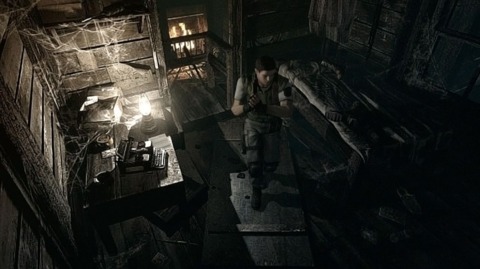
The visuals hold up surprisingly well for a 2002 Gamecube game, and they remain one of its most striking features. Atmosphere seeps out of every crack in the floorboards to fill the moody, claustrophobic areas of the mansion. Every room has its own unique identity – established through a distinct visual style, a memorable puzzle, or harrowing enemy encounters. As the player progresses, each room will imprint itself into their memory – a familiarity solidified by repeated trips taken to each area. In the classic Resident Evil modus operandi, the game expects the player to backtrack a lot; however, this is far less frustrating than it sounds. Due to the open nature of mansion, backtracking in Resident Evil is more akin to the curiosity-fueled exploration of Metroid than a frustrating search for a missed keycard in a linear level. The player solves puzzles and collects items to unlock new parts of the mansion and uncover the events that lead to the outbreak.
Though there are no dynamic elements to the game’s layout, there's still potential for each player to have a unique play experience. In my run of the game, there was a hallway where I panicked and killed a zombie, only to find two more shambling around the corner. I ran, and was unable to burn the body in time to prevent it from coming back as a crimson head. From that point on, I knew this hallway as the crimson head death room, and avoided it at all costs. Don’t let the meticulously crafted nature of this game turn you away if you enjoy more organic experiences. The way that you deal with enemies can drastically change the way you play the game – from confidently walking into a cleared room, to avoiding a shortcut to a save area.
Resident Evil is, ultimately, a survival horror game, and it would therefore be remiss to go without discussing the way in which it executes its genre. While the game is often discussed as a bit of a slow burn, Chris and Jill are placed into more than a few pulse-pounding moments. Zombies, though sluggish, can still be a formidable foe – especially in cramped hallways. Crimson heads are downright terrifying, and will swiftly end you if you aren’t careful. The building tension as the enemies grow in lethality is complimented by a broad range of locations, each more menacing than the last. The slower sequences fill the player with a sense of unease, and this helps deliver greater scares when the game breaks its methodical pace.
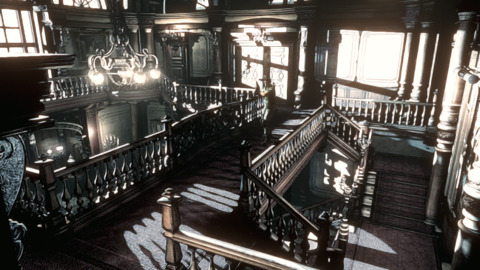
Admittedly, Resident Evil is a far cry from the pop-up haunted house style of horror game made popular by today’s genre hits – Slenderman and Outlast, to name a few – but that doesn't mean it’s afraid to deliver some effective jump scares. What distinguishes these jump scares from other modern games, however, is their implementation. Due to the fixed, third-person camera angles and slowed response time that the tank controls create, the game can’t consistently scare you by playing off of your restricted vision. To put a zombie just out of sight - only for him to grab you once the camera angle shifted - would be both unfair and frustrating. Instead, the scares come from toying with the player’s familiarity with the space. Frequent backtracking and the necessity of traveling to save rooms causes the player to become accustomed to each area of the mansion – what type of enemies are in each room, how many enemies are in a room, the maneuverability within each room, etc. Over time, the player becomes less fearful because they know the obstacles that each space holds, and this is the exact state of mind that the developers exploit. Just when you feel comfortable heading through an area, a zombie will burst through a door, a crimson head will rise, or bloodthirsty dogs will come peeling around the corner. These moments where the game shatters the player’s bubble of comfort is often accompanied by an eerie and relentless musical score that serves to enhance the terror.
Resident Evil (2002) sets a standard for horror and remakes alike. The atmosphere and mechanics make for an experience that is as scary as it is rewarding. This presentation of the original Resident Evil changes the details here and there to surprise longtime fans, while staying true to the original’s vision. This is a vivid realization of the great parts of the original Resident Evil, and withstands the test of time to remain a survival horror masterpiece.
9.75/10
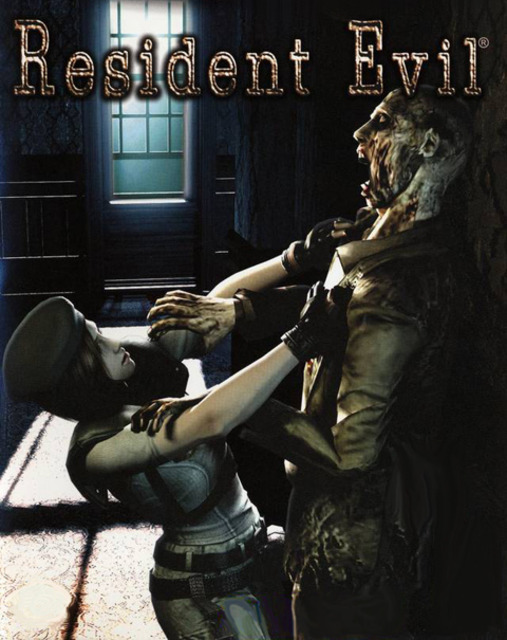
0 Comments